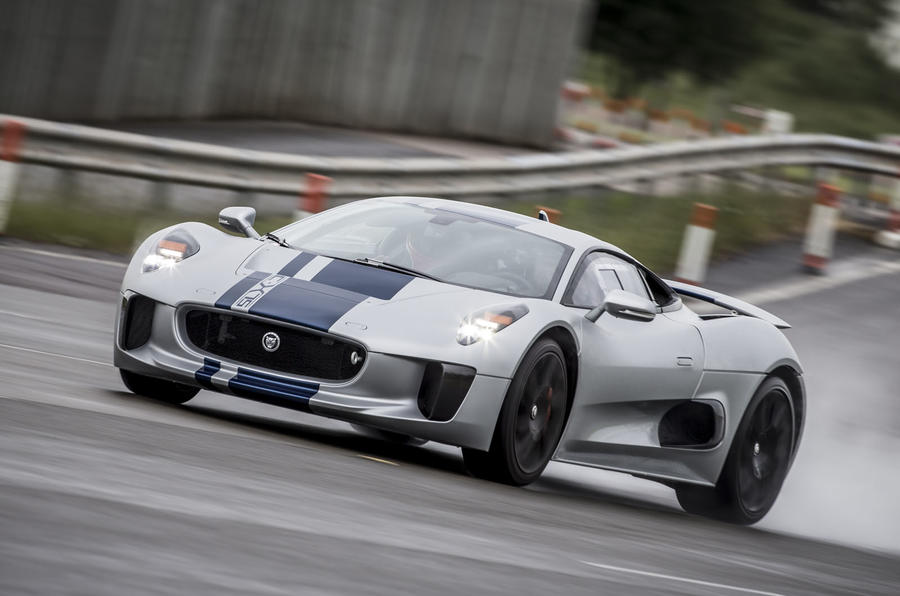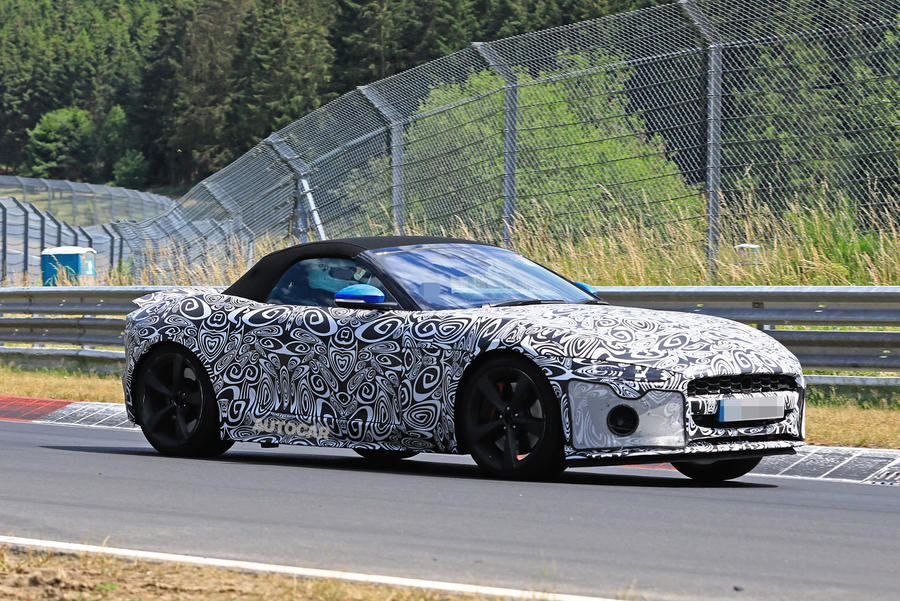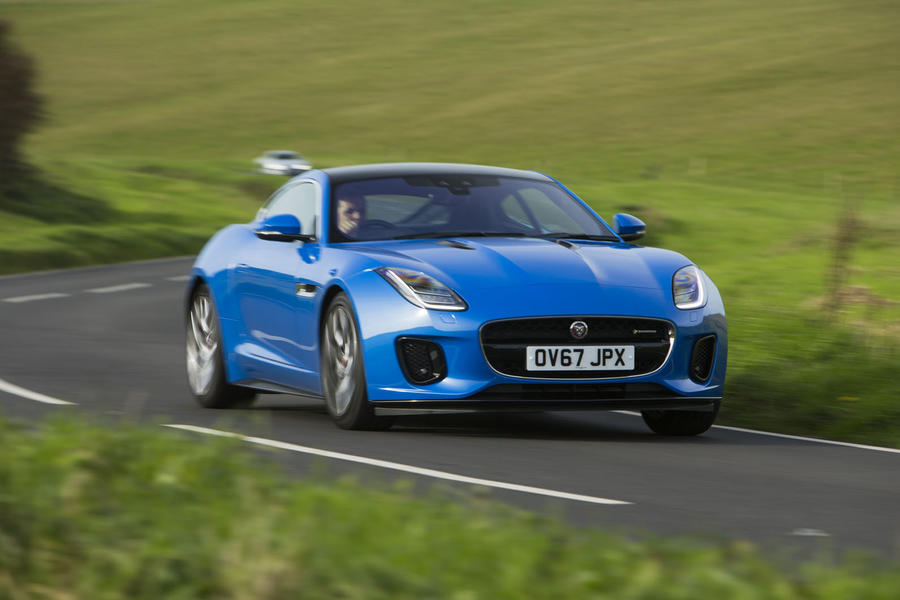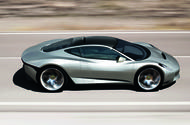F-Type sports car could be reinvented as a hybrid or full EV
Mid-engined layout and electric power are in play for next-generation 911 rival
Jaguar is favouring a mid-engined layout for the next-generation F-Type – and it is set to revive a number of design cues from the ill-fated C-X75 concept.
The brand’s designers and engineers are mulling key decisions about the direction of the next-generation Porsche 911 rival, chief among which is whether to stick with the current front-mid-engined layout or reinvent it as an electrified – or even pure electric – model with a mid-mounted powertrain. Autocar understands that the latter is favoured by those close to the project.
Speaking recently to Autocar, now former design director Ian Callum revealed he had laid out a blueprint for the next generation of sports car in collaboration with his successor, Julian Thomson. “We could get quite close [to the C-X75],” Callum said.

“There’s still a formula within Jaguar for a front-mid-engined car. I have a preference for mid-engined cars. It’s certainly something I would like to see.”
The suggestion is that Jaguar has progressed at least two design approaches: one in the short-nosed electric/mid-engined format Callum prefers and another with a longer bonnet to accommodate front-mounted internal combustion engines (ICE), including a hybridised V8.
“For an electric sports car,” he added, “you could make a shape like [the C-X75] with the batteries in a T or H-shape through the middle. Or you could make it as a longitudinal internal-combustion mid-engined car. It would be short enough. So the style won’t dictate the drivetrain, but the drivetrain may dictate the style.”
The current F-Type is still set to be on sale for another three years with a round of updates to bring it into line with newer competitors. But Callum confirmed in April that the development cycle for its successor would have to begin “soon”.

2020 Jaguar F-Type: convertible prototypes hit the Nurburgring
One of many stumbling blocks to developing the new sports car is the platform itself, which – if to be designed from scratch and bespoke to the model – would require lots of cash and resources at an uncertain time for Jaguar Land Rover. The company lost £395 million in the last financial quarter and hopes models such as the updated Jaguar XE, new Range Rover Evoque and heavily revised Land Rover Discovery Sport can offset significant recent investments and a slump in demand from China.
One cost-effective solution is to again join forces with BMW. The British and German makers recently announced they would develop and assemble electric drive units for future models together, but already sources suggest BMW will supply combustion engines to JLR too. As previously revealed by Autocar, JLR may also use BMW’s FAAR front-driven platform for a range of compact models, including Land Rover SUVs.
BMW bosses are said to be deciding whether to turn the next-generation i8 into a fully electric sports car. Prototypes of such a model have already undergone testing, according to a Munich-based engineering source. By sharing development of an EV sports car platform, BMW and JLR could considerably reduce costs while at the same time pooling engineering expertise and resources.
Another alternative is to make use of Jaguar’s well-proven electric car platform used in the I-Pace. This would require investment to adapt it for a different purpose, but EV platforms tend to be easier to modify to suit different bodystyles and drive configurations than ICE ones.

With Callum’s departure, the F-Type has immediately become his legacy in terms of Jaguar sports cars. With global sales of around 62,000 (70% in coupé form, 30% as convertibles), the model has helped rebuild Jaguar’s reputation as a maker of alluring sports cars – as it also strives to become renowned for other types of car such as SUVs. While the F-Type’s sales continue to significantly trail those of class leaders such as the Porsche 911, Callum is adamant that a successor is integral to the brand. “We will also do sports cars,” he said. “End of story.”
The C-X75 was a groundbreaking supercar originally conceived to use jet turbines as generators for an electric propulsion system when Jaguar first unveiled the concept in 2010. Working prototypes were then produced that instead used a more conventional petrol-electric hybrid system.
But by the end of 2012, the decision was taken to pull the plug on the whole project, meaning Callum’s highly praised exterior design never made it to production.
Read more
Jaguar C-X75 2013-2015 review
Two new compact Jaguar SUVs on the cards, tipped to use BMW platform
Electric Jaguar F-Type could arrive by 2021
Source: Autocar
